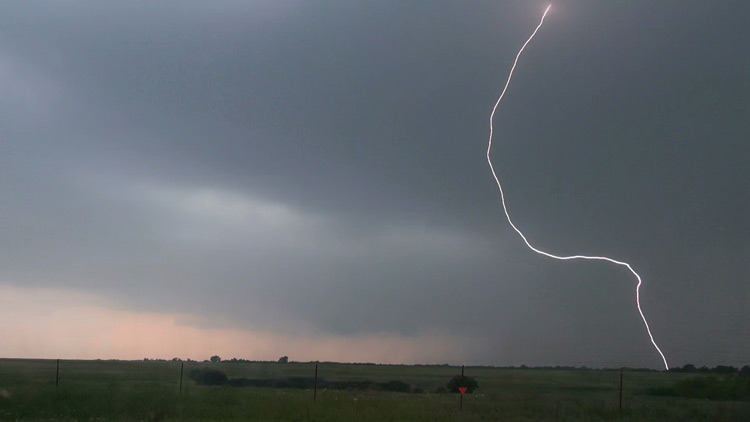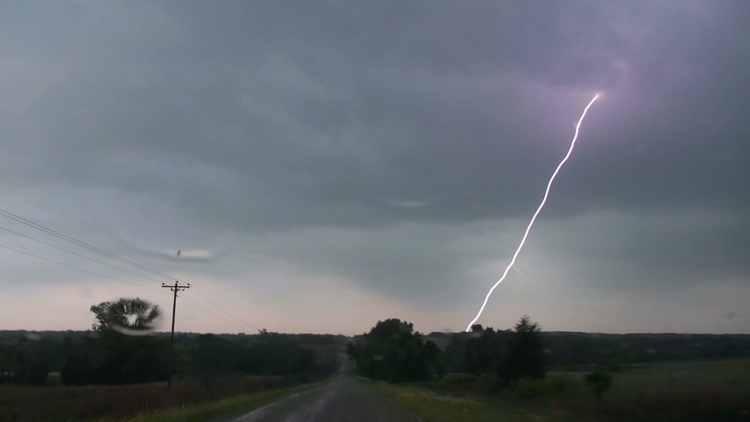Michael Thompson
EF3
Up until the Moore tornado day (20th May 2013 ) I had only seen smooth lightning on video, and near always in association with a large supercell.
I searched the internet and have found nothing to explain its properties.
It is clearly different. The lightning I caught on video around the Marlow area was smooth channel. Charateristics - not jagged, not branched, does not appear to pulse, long lazy curves. Here are some stills.
My question is it is a clearly a different type of lightning, is there any science or explanation?




I searched the internet and have found nothing to explain its properties.
It is clearly different. The lightning I caught on video around the Marlow area was smooth channel. Charateristics - not jagged, not branched, does not appear to pulse, long lazy curves. Here are some stills.
My question is it is a clearly a different type of lightning, is there any science or explanation?









